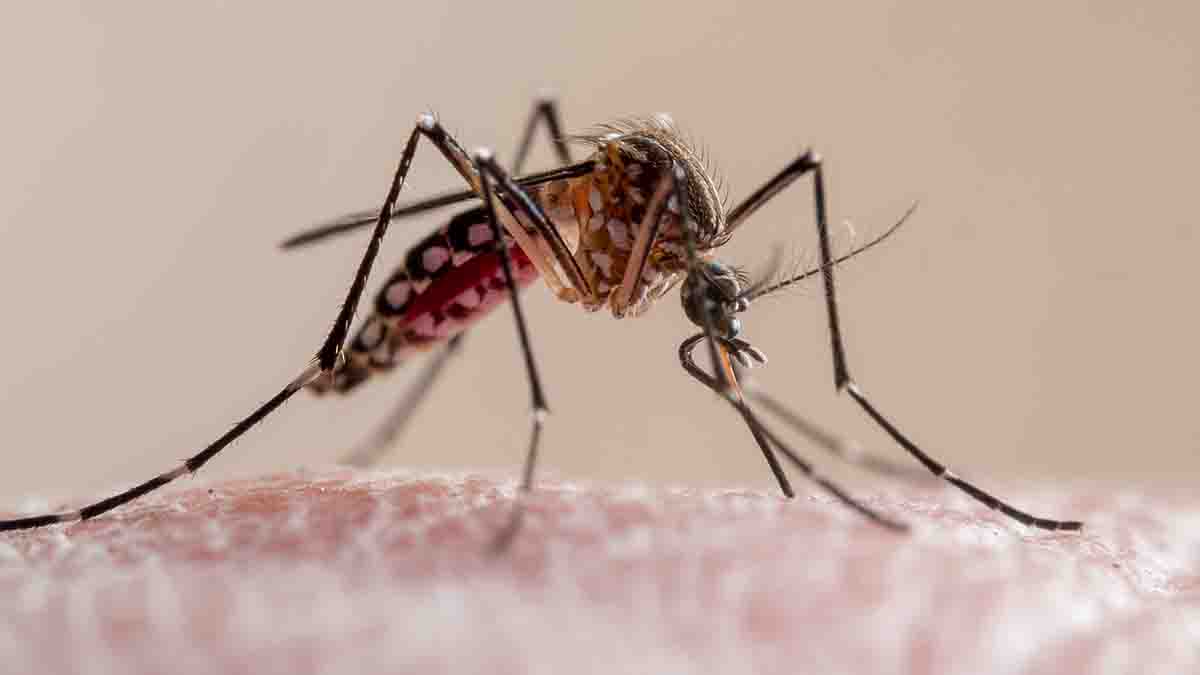One in four — or almost 80 million Americans — have some form of heart disease. It is the No. 1 killer disease in America, and up to half of those deaths could be prevented with changes in lifestyle, with diet leading the troops.
Since February is American Heart Month, registered dietitian Elizabeth Somer highlights the five nutrients that could save your heart, why they are important, and some yummy ways to include them in breakfast, lunch and dinner.
The 5 nutrients
The omega-3s
While the “bad” fats like saturated fats in red meat or cheese and trans fats in many processed foods are major players in the development of heart disease, some fats, especially the omega-3 fats, can save your heart.
There are three omega-3s, and the one most important to heart health is DHA. There is typically five to 30 times more DHA than any other omega-3 in heart tissue. This omega-3 lowers blood fats, such as triglycerides, and raises good cholesterol in the blood, called HDL. It also helps regulate the heart rate, lowers blood pressure, and improves blood flow through arteries. Salmon and other fatty fish are the best source of DHA. If you can’t afford fish, don’t like it, or are concerned about mercury levels, then look for foods fortified with this omega-3. You need at least two servings of fatty fish a week or 200 milligrams of DHA a day.
Soluble fiber
There are lots of different types of fiber. The fibers in vegetables and whole wheat are called insoluble fiber and they help keep you regular and lower colon cancer risk. It is the soluble fibers that will lower your heart disease risk. These fibers, found in fruits, oats, and legumes, lower blood cholesterol levels including the “bad” cholesterol in the blood called LDL-cholesterol, thus reducing your risk for heart disease. You should aim for at least 25 grams of fiber a day, with several sources being soluble fiber.
Folate
The B vitamins, especially folate, lower heart disease risk by reducing levels of a compound called homocysteine in the blood. This compound irritates blood vessel walls, increasing inflammation associated with the underlying cause of heart disease, atherosclerosis. Even if your blood cholesterol is low, you could be at risk for heart disease if homocysteine levels are high. Optimal intake of folate-rich foods, such as dark green leafies, orange juice, and legumes, lower homocysteine levels, thus reducing your risk for heart disease. Aim for two folate-rich foods or at least 400 micrograms daily.
Health
Antioxidants
Little oxygen fragments, called free radicals or oxidants, damage artery walls contributing to atherosclerosis and heart disease. Maintain a well-stocked arsenal of anti-free radicals or anti-oxidants and you can sidestep this damage and keep those arteries free and clear. Colorful fruits and vegetables, plain, frozen, or juiced, are your main source of all the antioxidants, from vitamin C and beta carotene to the more than 12,000 phytonutrients that have antioxidant effects on preventing disease. Aim for at least eight servings a day.
Vitamin D
New research is accumulating showing that the sunshine vitamin — vitamin D — is critical for a healthy heart. For example, a recent review of the research from Loyola University in Chicago found that chronic vitamin D deficiency, which is common in a vast majority of Americans, is a culprit in heart disease, high blood pressure, and the metabolic syndrome. The rate of severe heart disease or even death is 30 percent to 50 percent higher in sun-deprived patients with heart disease compared to people with either higher exposure to sunlight or greater intakes of the sunshine vitamin. Adults should aim for 800 to 1,000 IU of vitamin D a day, from fortified foods, such as milk, soymilk, and orange juice.
Menus that maximize heart-healthy nutrients
Breakfast ideas:
- What: Whole wheat pita bread stuffed with scrambled Egg Beaters, mixed with spinach and Cabot Vermont 50 percent Reduced Fat Cheese with DHA. Serve with a glass of low-sodium V8 Juice.
- Why: This meal is low in the bad fats, rich in folate from the spinach, DHA from the fortified cheese, and antioxidants from the spinach and V8 juice. 332 calories, 28 grams protein, 10 grams fat (26 percent fat calories).
- What: Oatmeal cooked in 8th Continent Complete Soymilk and sprinkled with dried fruit, such as diced prunes. Serve with orange slices.
- Why: This meal is packed with soluble fiber from the oatmeal. The soymilk is the only one on the market that has vitamin D, calcium, fiber, soy protein that lowers heart disease risk, and DHA. Oranges are rich in soluble fiber, and phytonutrients called flavonoids that lower heart disease. 327 calories, 15 grams protein, 4 grams fat (10 percent fat).
Lunch ideas:
- What: Spinach salad with purple grapes and red onions, topped with grilled chicken breast and low-fat dressing. Serve with a slice of 100 percent whole wheat bread and a glass of DHA-fortified soymilk.
- Why: Spinach has folate and antioxidants, purple grapes are rich in antioxidants, and soymilk has DHA and vitamin D. 499 calories, 54 grams protein, 11 grams fat (18 percent fat).
- What: Black bean, low-fat cheese, and roasted vegetable burrito on Mission Life Balance whole grain tortilla. Serve with orange juice fortified with calcium and vitamin D.
- Why: Beans are rich in folate and soluble fiber, vegetables are rich in antioxidants, the tortilla is fortified with 23 vitamins and minerals and has DHA and fiber, and the orange juice is rich in folate, potassium, antioxidants, and vitamin D. 489 calories, 21 grams protein, 13 grams fat (23 percent fat).
Dinner ideas:
- What: Broiled salmon fillet, served with broccoli and red peppers, and a baked sweet potato. Dessert is Rachel’s yogurt topped with sliced kiwi.
- Why: Salmon has DHA, vegetables are rich in antioxidants, yogurt is fortified with DHA, and kiwi has soluble fiber. 748 calories, 46 grams protein, 18 grams fat (22 percent fat).
- What: The comfort food menu: Spaghetti sauce made with bottled heart-healthy sauce, such as Prego, doctored with grated zucchini, garlic, and other vegetables, poured over whole wheat blend noodles. Serve with green beans and a big tossed green salad with winter pears. For dessert, blend DHA-fortified soymilk with blueberries and partially freeze.
- Why: Sauce, vegetables, and salad are rich in antioxidants and folate. “Ice cream” is rich in DHA, vitamin D, and antioxidants. 742 calories, 30 grams protein, 12 grams fat (14 percent fat).



